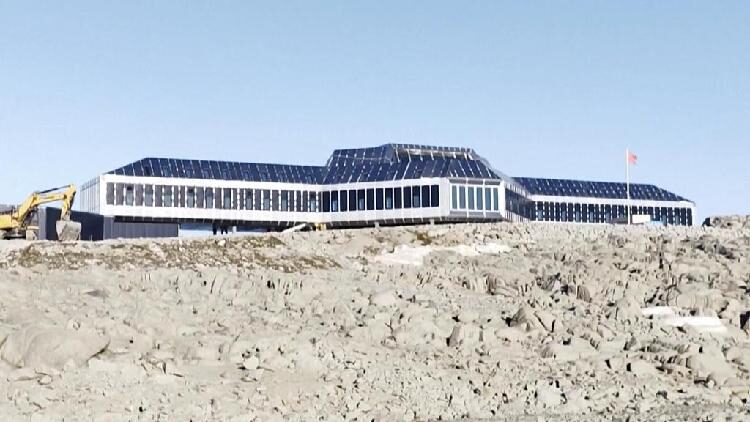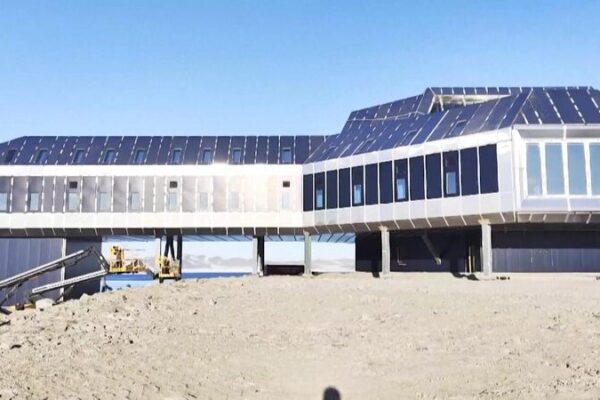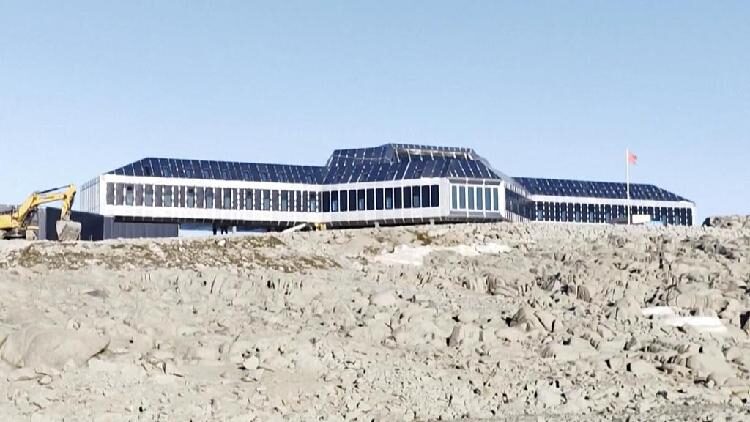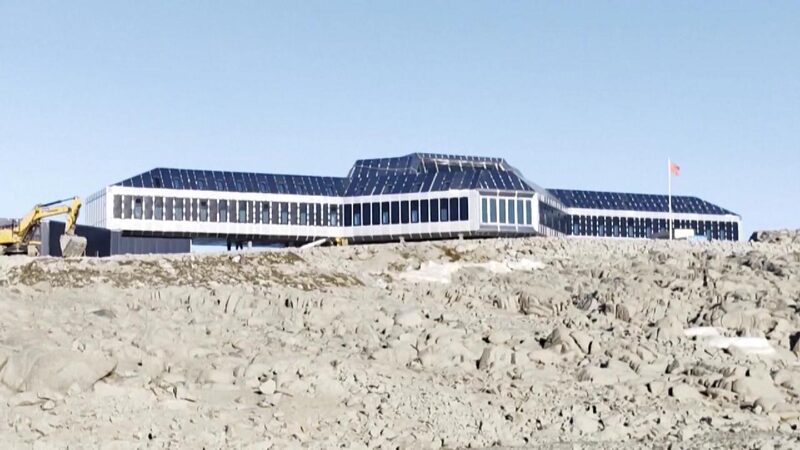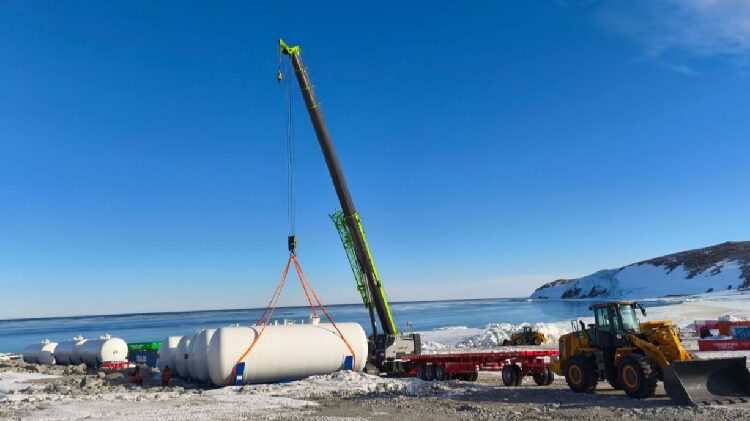China is making significant strides in sustainable energy by implementing a large-scale new energy system at its Qinling Station in Antarctica. The station is set to become the first in the world to operate a clean energy system in the extreme environment of the South Pole.
According to the Polar Research Institute of China (PRIC), the new energy system is about to be delivered for operation and power generation. This development signifies that China has achieved green scientific research in the polar energy field.
The Qinling Station, China’s fifth research facility in Antarctica and third capable of year-round operation, can host up to 80 personnel in the summertime and 30 during wintertime. The installation of hardware for wind power generation, photovoltaic power generation, energy storage batteries, hydrogen production, hydrogen storage, and hydrogen energy power generation has been completed. The installed hardware is currently undergoing section-by-section debugging.
In the clean energy system designed for the station, photovoltaic and wind power account for 60 percent of the total energy capacity. “One of the major highlights of the Qinling Station project is its large-scale clean energy system, the first of its kind globally to be implemented in the extreme environment of Antarctica,” said Sun Hongbin, chief scientist for polar clean energy at the PRIC. “The entire system is expected to be operational in February, marking a milestone in efforts to achieve breakthroughs in key technologies for developing energy equipment and systems.”
To ensure the system’s normal operation in Antarctica’s harsh conditions, a laboratory was built at a university in Taiyuan City, Shanxi Province, to simulate natural Antarctic conditions. “Simulations of strong winds, polar sunlight, and the phenomena of polar day and night need to be conducted in our extreme laboratory,” Sun explained. “The purpose of establishing this laboratory is to solve the difficulties in research, testing, and operational maintenance.”
Once completed, the clean energy system will be capable of generating power for the Qinling Station for about 2.5 hours in the absence of wind and sunlight. This capability ensures short-term green operation of the station’s scientific research equipment and living facilities, reducing reliance on traditional fossil fuels.
China’s initiative at the Qinling Station represents a significant step forward in sustainable energy usage in extreme environments. It not only underscores the country’s commitment to green energy but also sets a precedent for future research stations worldwide to adopt clean energy solutions.
Reference(s):
China achieves green scientific research in the polar energy field
cgtn.com
